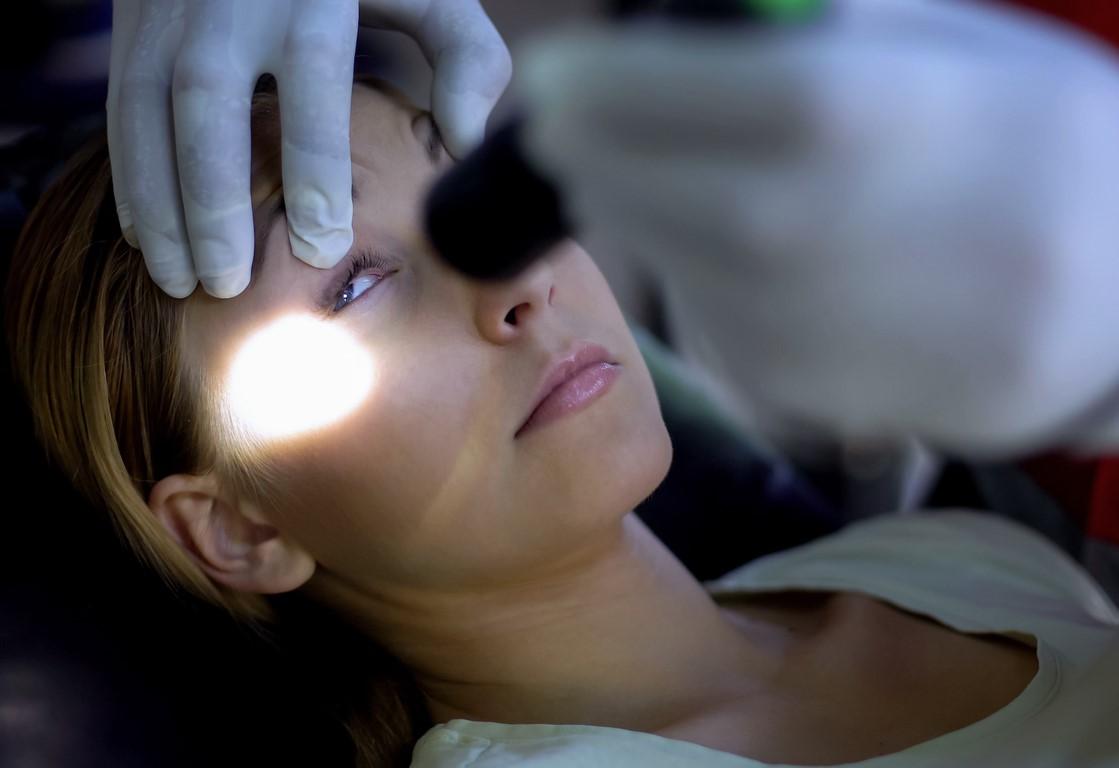Guidance from the American Heart Association (AHA) and other groups on resuscitating newborns and children with COVID-19 was published today in Pediatrics to bridge the gap between current practice and the need for healthcare workers to protect themselves amid worldwide shortages of personal protective equipment (PPE) during the pandemic.
While children are far less likely than adults to have severe illness or die from the novel coronavirus, the researchers noted that the prevalence of infection in children and their ability to spread the disease is likely underestimated, "presumably impacting how health care providers consider the risk associated with resuscitating children with unknown COVID-19 status."
Resuscitation involves many aerosol-generating procedures, such as chest compressions, positive-pressure ventilation, and endotracheal intubation, putting the healthcare provider at risk for inhaling virus-containing particles. Also, these efforts require numerous healthcare workers to work near each other and the patient during stressful times in which lapses in infection-control procedures may occur.
In addition to the AHA, the American Academy of Pediatrics, American Association for Respiratory Care, American College of Emergency Physicians, Society of Critical Care Anesthesiologists, and American Society of Anesthesiologists also contributed to the guidance, with the support of the American Association of Critical Care Nurses.
Weighing risks, benefits of resuscitation
The guidance calls for providers to be informed about COVID-19 status before any patient contact, the use of PPE against both airborne virus and droplets, limiting the number of personnel in the room, and considering using mechanical cardiopulmonary resuscitation (CPR) rather than manual compressions in adolescents meeting the manufacturer's height and weight criteria.
It also recommends using a cuffed endotracheal tube connected to a ventilator with a high-efficiency particulate air (HEPA) filter in the path of exhaled gas and an in-line suction catheter to minimize aerosolization during intubation by creating a closed circuit.
To further minimize infection risk, a bag-mask device (or T-piece in newborns) featuring a HEPA filter and tight seal should be used before intubation, according to the guidance. Also, the most skilled provider should perform the intubation during a pause in chest compressions, with video laryngoscopy to guide tube insertion, if available. When intubation is delayed, manual ventilation with a supraglottic airway or bag-mask device with a HEPA filter should be considered.
The guidance urges hospitals to create CPR decision-making protocols for frontline personnel and discuss goals of care with the family: "It is reasonable to consider comorbidities and severity of illness in determining the appropriateness of resuscitation and balance the likelihood of success against the risk to rescuers and patients from whom resources are being diverted," the authors wrote. "There is insufficient data to support extracorporeal cardiopulmonary resuscitation (E-CPR) for COVID-19 patients."
Considerations before, during hospitalization
Revised pediatric basic life support and cardiac arrest algorithms for patients with suspected or confirmed COVID-19 in the guidance says that lay rescuers of patients with out-of-hospital cardiac arrest should perform chest compressions and, if they can, mouth-to-mouth resuscitation and automated external defibrillation. Family members should not ride in the ambulance to the hospital.
At the hospital, COVID-19 patients who have not gone into cardiac arrest should be closely watched for clinical worsening to minimize the need for emergency intubations. In addition, staff should consider moving the patient to a negative-pressure room to minimize risks to rescuers. Doors should be kept closed, the guidance says.
Patients who were intubated when they went into cardiac arrest should be kept on mechanical ventilation with a HEPA filter with adjusted settings enabling asynchronous ventilation (synchronous for newborns).
According to the guidance, larger, intubated patients on their stomachs shouldn't be turned over for resuscitation unless it can be done without disconnecting equipment that could cause aerosolization. Rather, defibrillator pads can be placed on the patient's front and back, and CPR can be performed with hands in the standard position over the T-7 through T-10 vertebrae.
Although there's no evidence that newborns of mothers infected with COVID-19 are born infected or are infectious, the mother is still a source of potential aerosolization; thus, the neonatal team should wear appropriate PPE, the guidance notes.
Suctioning the newborn's airway should not be performed if amniotic fluid is clear or meconium-stained, and intravenous epinephrine using a low-lying umbilical venous catheter is preferred to endotracheal instillation. Incubators should remained closed during newborn transfer and care, with appropriate distancing.
Protocols for mothers infected with COVID-19 who go into cardiac arrest are the same as for uninfected mothers, the guidance says. Obstetrical and neonatal teams wearing PPE should be assembled during resuscitation in case the baby must be delivered after the mother dies; resuscitation should be attempted for 4 minutes before the baby is delivered.






















